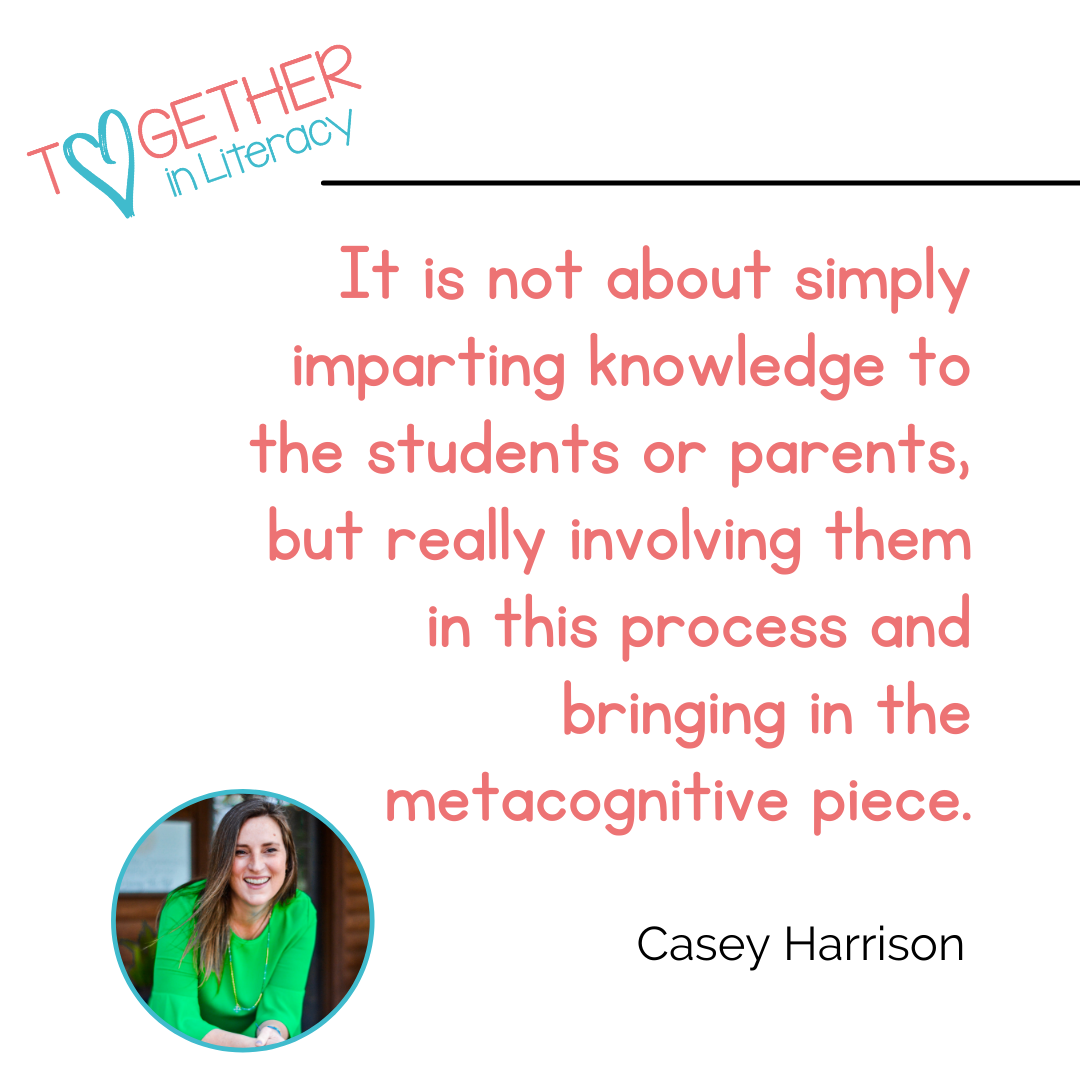The Ortonian Prescription, Explained! (Part 2)

Recently, we did a deep dive into the history of Dr. Samuel Orton and Anna Gillingham (both on our blog and our podcast) and found such wonderful things about their lives that truly spoke to us. We know that they were in full support of social-emotional learning and teaching to the whole child.
The legacy of Dr. Samuel Orton and Anna Gillingham lives on in all of the wonderful educators who have trained in the Orton-Gillingham approach and all of the wonderful children that they serve.
Just a reminder, Orton-Gillingham is an approach, not a program. The approach consists of certain principles and a prescription (or treatment plan).
The principles of the Orton-Gillingham approach are that it is:
- Multi-sensory
- Diagnostic
- Prescriptive
- Systematic and sequential
- Explicit
- Flexible
- Emotionally sound
- Language-based
Ortonian Prescription (the First Five)
To refresh, the Ortonian Prescription is a summary of the important points of the treatment plan Orton recommended. In our previous blog post, we covered the first five of Orton’s prescriptions:
- Analyze the language to be learned into its smallest useful elements.
- Make sure to teach thoroughly, to the point of automaticity.
- Make sure to teach thoroughly, with multi-sensory techniques.
- Synthesize what is learned.
- Teach to the child’s intellect.
Below, we will discuss the final five prescriptions, how each point applies to the Orton-Gillingham principles of today, and how it connects with social-emotional learning.
Ortonian Prescription (Six through Ten)
6. Involve all participants actively, reinforcing their understanding of the problem. Engage pupils, parents, and pedagogies.

This prescription is making it clear that it is not simply about us imparting knowledge to the student or the parent, but involving them in the process. Then bringing in the metacognitive piece, the understanding of why we’re doing certain things and how it’s helping us learn through that multi-sensory approach while remaining with direct instruction. There is definitely an art to that.
We talk about how at the beginning of our lessons we’re always discussing with the student about “the why.” What is the purpose of the lesson? Even throughout the different points in a lesson, we always go back to “the why,” bringing that understanding to the forefront. The metacognition piece is so important.
7. Be fully aware of the social-emotional factors in order to mitigate the negative and reinforce the positive forces in each learner’s life.
This speaks directly to the part of the Orton-Gillingham approach that is emotionally sound. When we begin working with a student, there can be negativity surrounding their ability to read or just school in general. There’s frustration, anger, and confusion.
We work so closely with the students to find out in which areas they feel the most down and give them opportunities to talk those out. It’s about recognizing where that student is coming from when they come to you and always working on making those relationships a trusting and successful working relationship.
8. With relation to the problem be at all times both open-minded and critical, both flexible and structured, and both scientific and humane.
This is all about being a true coach, being a warm demander, and being a champion for the child. Use those tools in your toolbox to really analyze and understand where the child is, where they’re succeeding, and where there might be a breakdown, then take that information and change things as needed.
That’s the art and science of teaching children. We need to have freedom of flexibility in a lesson to get to the heart of the problem for that child at that moment to help them make progress. It’s teachers that teach, not curriculums. This is about having the knowledge and craft as a teacher to be both things at once that seem contradictory.
9. Remember always that understanding in basic, treatment is obligatory, and the long-range goal is the prevention of disabling consequences of the anomalies or variations of the language function which are themselves part of the human condition.
There’s a lot to unpack here. At the heart, it is our duty to identify, provide early intervention when possible, and treat. We do that to prevent long-term consequences that can be detrimental, not just at school ages, but into adulthood. Because we know about the long-term effects, we feel a sense of urgency in treating those students who are struggling. Dyslexia is on a continuum, there are degrees of severity, and not one approach will work for every student. But it’s our duty to put forth the early intervention and map out a pathway to treatment.
10. Focus clearly on the ultimate aim - the good of the person, the rest, as important as it may be, is secondary.
This is all about honoring the whole child - their uniqueness and providing the opportunity to recognize their talents and strengths. We want to say dyslexia. We want to understand dyslexia. We want the students, the parents, and the educators to use that word and know what it means. But we also don’t want dyslexia to define them. It’s a balance.
For a deep dive into the final five Ortonian Prescriptions, check out our latest episode of the Together in Literacy podcast. If you like what you hear, don’t forget to rate, leave a positive review, and subscribe!
Looking for strategies and resources?
Sign up for our newsletter for news, resources, and freebies delivered straight to your inbox.
We hate SPAM. We will never sell your information, for any reason.
